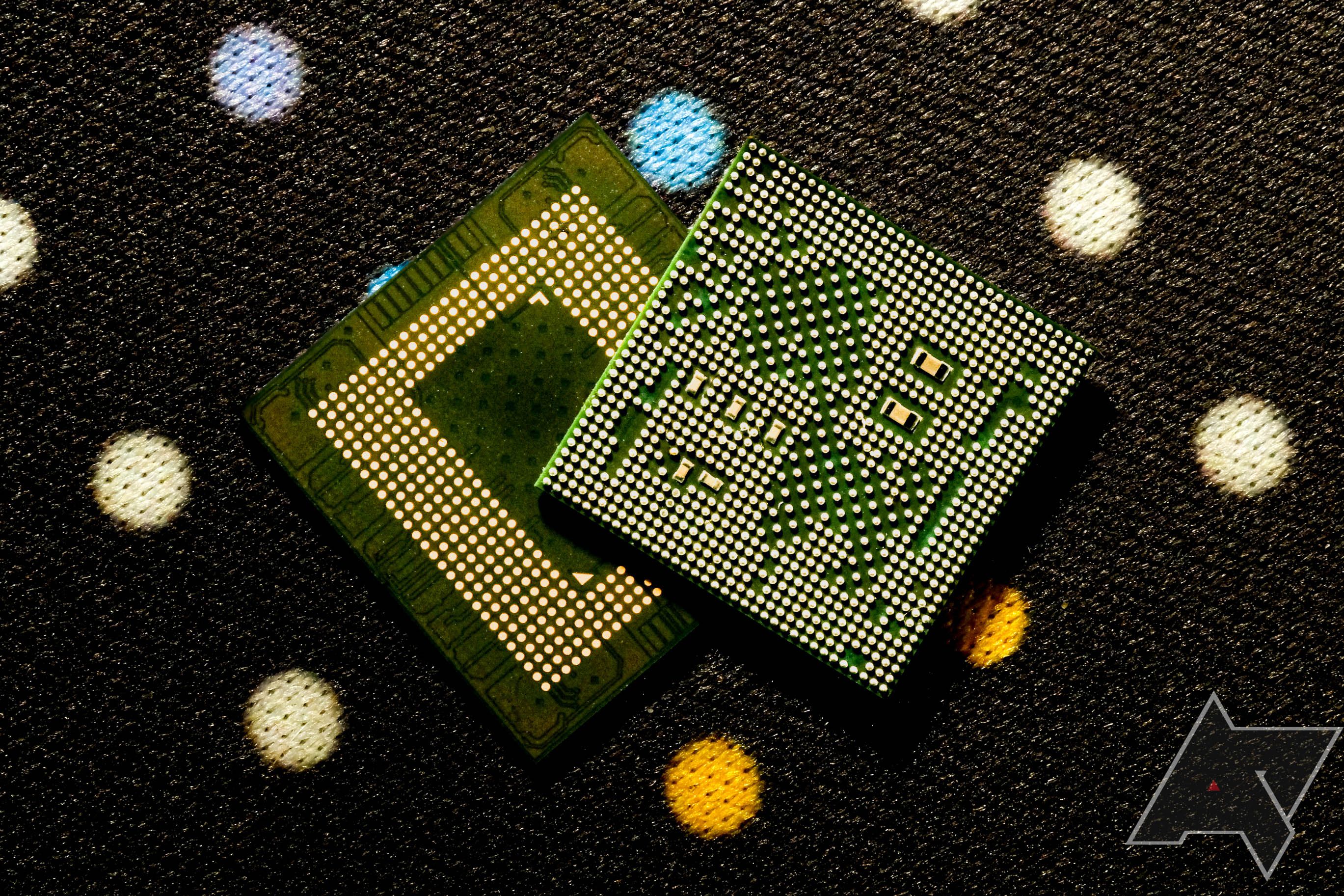US government sanctions took a toll on Huawei's business, preventing companies reliant on American technologies from supplying the consumer electronics brand with its products. These decisions even impacted Huawei's choice of chips for smartphones. However, a report claims the company has made headway in preparing to produce its own chips, albeit using the older 14nm process node.
Based on a post by an anonymous tipster on the Chinese Twitter equivalent, Weibo, Huawei Central reports that Huawei is working with Chinese foundry SMIC to make 14nm chips, a far cry from the company's 5nm Kirin chips of yore. The Weibo leaker claims the company is already using the new chip internally for an unnamed platform and speculates that a wearable device will also use it down the road. However, 14nm technology is verging on ancient now, and it's puzzling why Huawei would be pouring money into it.
Presently, Huawei can't work with TSMC and Samsung's foundry even though they use superior 3nm and 4nm fabrication nodes, meaning their chips are more powerful and power efficient. The crippled Chinese giant can use Qualcomm Snapdragon chipsets but is hamstrung by the lack of 5G connectivity thanks to the sanctions mentioned earlier. This leaves Huawei no choice but to use its in-house HiSilicon designs manufactured by local partners unaffected by sanctions, which appears to be happening here.
Huawei recently filed patents for variations of EUV lithography techniques used to etch finer circuitry on silicon wafers. The company's efforts in this direction could help it inch closer to making 3nm and 4nm chips with local partners like SMIC. However, developing a workable and scalable EUV solution could take years.
So, don't get your hopes up for a fantastic Huawei 5G smartphone or wearable using a high-end 14nm HiSilicon-designed chip showing up anytime this year. In their closing remarks, the leaker mentions Huawei's chip will take time, and that's nothing new to us.

